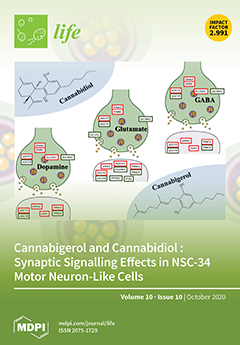Amyloidosis is due to deposition of an excessive amount of protein in many parenchymal tissues, including myocardium. The onset of cardiac Amyloidosis (CA) is an inauspicious prognostic factor, which can lead to sudden death. We retrospectively analyzed 135 patients with systemic amyloidosis, admitted to our ward between 1981 and 2019. Among them, 54 patients (46.30% F/53.70% M, aged 63.95 ± 12.82) presented CA at baseline. In 53 patients, it was associated with a multiorgan involvement, while in one there was a primary myocardial deposition. As a control group, we enrolled 81 patients (49.30% F/50.70% M, aged 58.33 ± 15.65) who did not meet the criteria for CA. In 44/54 of patients CA was associated with AL, 5/54 with AA and 3/54 of patients with ATTR, and in 1/54 AL was related to hemodialysis and in 1/54 to Gel-Amyloidosis. The most common AL type was IgG (28/44); less frequent forms were either IgA (7/44) or IgD (2/44), while seven patients had a λ free light chain form. The 32 AL with complete Ig were 31 λ-chain and just one k-chain. CA patients presented normal BP (SBP 118.0 ± 8.4 mmHg; DBP 73.8 ± 4.9 mmHg), while those with nCA had an increased proteinuria (
p = 0.02). TnI and NT-proBNP were significantly increased compared to nCA (
p = 0.031 and
p = 0.047, respectively). In CA patients we found an increased LDH compared to nCA (
p = 0.0011). CA patients were also found to have an increased interventricular septum thickness compared to nCA (
p = 0.002), a decreased Ejection Fraction % (
p = 0.0018) and Doppler velocity E/e’ ratio (
p = 0.0095). Moreover, CA patients had an enhanced right atrium area (
p = 0.0179), right ventricle basal diameter (
p = 0.0112) and wall thickness (
p = 0.0471) compared to nCA, and an increased inferior cava vein diameter (
p = 0.0495) as well. TAPSE was the method chosen to evaluate systolic function of the right heart. In CA subjects very poor TAPSE levels were found compared to nCA patients (
p = 0.0495). Additionally, we found a significant positive correlation between TAPSE and lymphocyte count (r = 0.47;
p = 0.031) as well as Gamma globulins (r = 0.43,
p = 0.033), Monoclonal components (r = 0.72;
p = 0.047) and IgG values (r = 0.62,
p = 0.018). Conversely, a significant negative correlation with LDH (r = −0.57,
p = 0.005), IVS (r = −0.51,
p = 0.008) and diastolic function evaluated as E/e’ (r = −0.60,
p = 0.003) were verified. CA patients had very poor survival rates compared to controls (30 vs. 66 months in CA vs. nCA, respectively,
p = 0.15). Mean survival of CA individuals was worse also when stratified according to NT-proBNP levels, using 2500 pg/mL as class boundary (174 vs. 5.5 months, for patients with lower vs. higher values than the median, respectively
p = 0.013). In much the same way, a decreased right heart systolic function was correlated with a worse prognosis (18.0 months median survival, not reached in subjects with lower values than 18 mm,
p = 0.0186). Finally, our data highlight the potential prognostic and predictive value of right heart alterations characterizing amyloidosis, as a novel clinical parameter correlated to increased LDH and immunoglobulins levels. Overall, we confirm the clinical relevance of cardiac involvement suggests that right heart evaluation may be considered as a new marker for clinical risk stratification in patients with amyloidosis.
Full article






